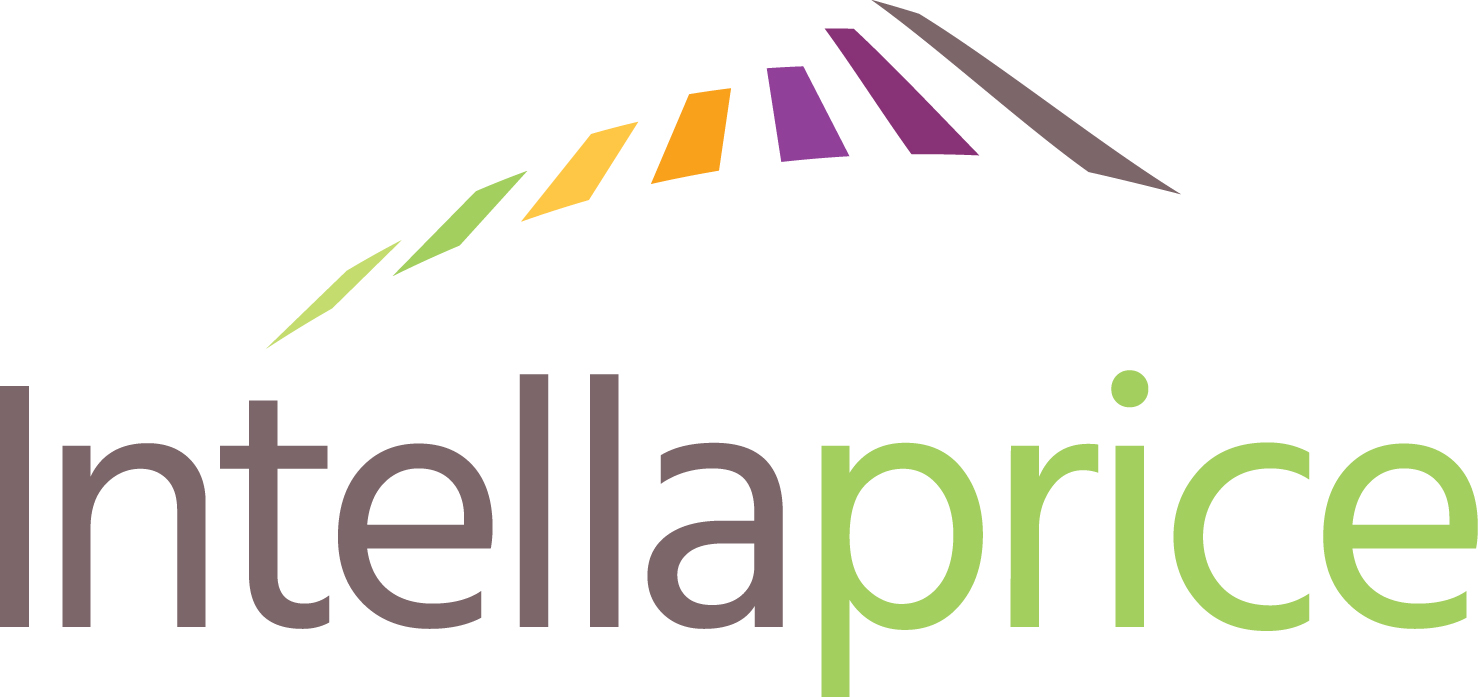If debunking is about eliminating misconceptions, then a good next step is to clarify important pricing terms. So the second D is Define.
It’s crucial to get everyone on the same page regarding pricing terminology. Pricing terms are often bandied about, and it’s easy to assume everyone knows what you mean when you use them. Furthermore, every company has its own unique makeup, and that means a unique set of terminology will go far in setting the record straight. Here are a few fundamental definitions.
Pricing strategy is one of the most commonly-used terms, and I’m not sure everyone uses it the same way. Some people are quick to name tactics when they are discussing pricing strategy, as in “We’re a premium pricer” or “our strategy is value pricing.” I’d say this is an oversimplification, and I use this term in a more specific way.
A pricing strategy is the set of objectives and plan with which a company competes in the market with respect to price. And a pricing plan designates the actions a company will take to achieve its business objectives. It’s the process designed to help a firm achieve results, and it consists of tasks, accountabilities, and time lines for each step.
Value is another term that’s top of mind for anyone discussing pricing. I think most people realize that value is about more than price, and can quickly recite the calculation “value = experience ÷ price.” This shorthand conveys that the better the experience, the better the value at a specific price. I think the trick here is to go the extra step here and really articulate what we mean by “experience” – it’s a very helpful exercise to precisely describe the value you provide your customers, and avoid generic statements.
This list is not comprehensive, and clearly, there are more terms to define within your organization. Once you incorporate this terminology into your communications, all of your stakeholders will develop a common understanding about pricing goals and how they tie in with your company’s objectives.
